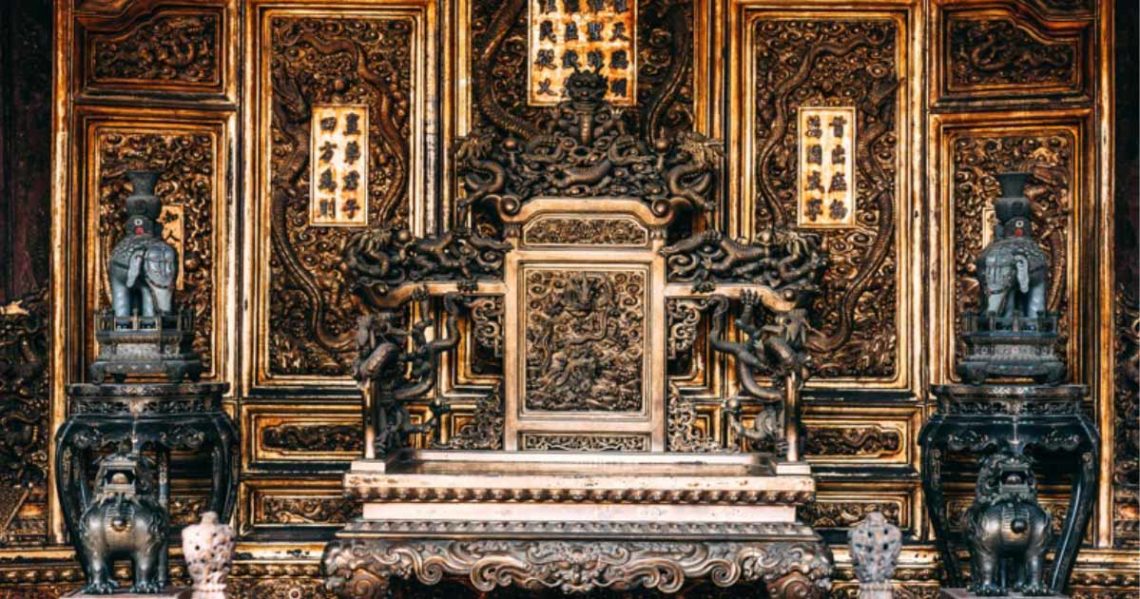The collapse of the Qing Dynasty was a culmination of internal turmoil and external pressures spanning centuries. Established in 1644, it succeeded the Ming Dynasty, and the Qing rulers initially expanded their empire, integrating various ethnic groups into a vast multinational entity. Despite their efforts to blend Manchu traditions with Confucian governance, inherent tensions simmered beneath the surface.
By the late 18th century, the empire faced mounting challenges. Economic woes, exacerbated by low taxation and widespread corruption, fueled resentment among the populace. Meanwhile, Western powers, eager to exploit China’s resources and markets, imposed unequal treaties and forced opium trade, leading to the devastating Opium Wars.
Internally, rebellions erupted with alarming frequency. Movements like the White Lotus and the Taiping Rebellion, fueled by socioeconomic grievances and religious fervor, posed significant threats to Qing authority. Despite efforts to modernize through the Self-Strengthening Movement, bureaucratic corruption and foreign encroachments hindered progress.
The Boxer Uprising of 1900 epitomized the Qing government’s inability to address domestic discontent. Fueled by anti-foreign sentiment and exacerbated by natural disasters, the uprising led to foreign intervention and further humiliation for the Qing regime.
Ultimately, the Xinhai Revolution of 1911 marked the dynasty’s demise. Spearheaded by a coalition of reformers, revolutionaries, and disgruntled elements of the imperial army, the revolution culminated in the abdication of the last Qing emperor and the establishment of the Republic of China.
Top image: Shenyang Imperial Palace (Mukden Palace) was the former imperial palace of the early Manchu-led Qing dynasty and UNESCO world heritage site built 400 years ago in Shenyang, China. Source: EcoSpace/Adobe Stock
